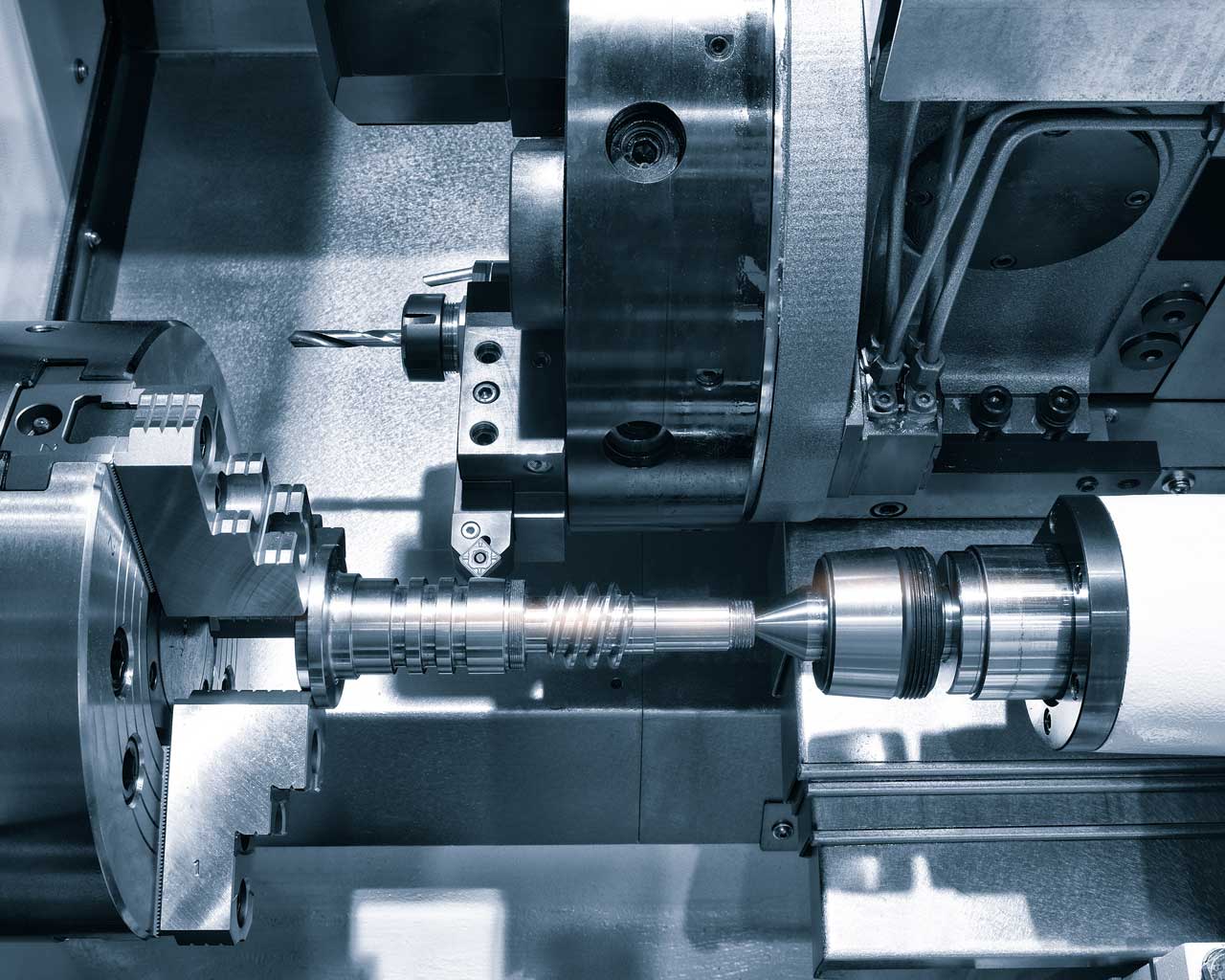Key Takeaways
- Brass milling achieves cycle time reductions up to 94% compared to traditional machining speeds, with material removal rates 20 times higher than conventional processes
- The process offers zero-scrap manufacturing with 100% recyclable materials, making it environmentally sustainable while maintaining strict dimensional tolerances
- Specialized brass alloys like C35300 and C36000 provide optimal performance for defense and aerospace applications requiring precision fabrication.
Precision manufacturing demands perfection. Every component must meet exacting standards, especially in defense and aerospace applications where failure means mission compromise. Brass milling delivers that precision. We’ve spent over four decades perfecting metal fabrication processes, and brass milling consistently outperforms alternatives in speed, accuracy, and reliability. The numbers prove it.
What Makes Precision Brass Milling Different
Brass milling combines CNC technology with brass’s unique material properties to create components that meet the strictest tolerances. The process involves two primary approaches: face milling for flat surfaces and peripheral milling for complex features like slots and threads.
The material itself sets brass apart from alternatives used in military machining applications. Unlike steel or aluminum, brass machines cleanly without work hardening. This characteristic enables cycle time reductions up to 94% compared to traditional machining speeds.
Critical Equipment Requirements
Successful brass milling requires specific equipment configurations. Vertical milling machines excel at single-plane precision work, while horizontal machines offer versatility for multi-sided components.
Tool selection matters equally. Flat end mills handle general cutting, round nose end mills create smooth finishes, and V-type end mills produce precise angles. Each tool type requires calibrated feed rates and plunge depths to optimize material removal without tool damage.
We use both machine types strategically. Vertical mills for precision drilling and surface finishing. Horizontal mills for complex geometries requiring multiple cutting angles.
Brass Milling Tool Selection
Tool geometry plays a crucial role in brass milling performance. Sharp cutting edges minimize material buildup while proper rake angles enhance chip evacuation for superior surface finishes.
The Speed Advantage
Brass delivers exceptional machining speeds. Material removal rates reach 20 times higher than conventional machining processes. This speed advantage translates directly to production efficiency.
Consider the comparison data. In controlled turning operations, 304L stainless steel maxed out at only 20% of brass’s top speed. Even 12L14 steel was limited to 30% of brass performance levels.
These speed gains compound across production runs. Higher throughput means lower per-unit costs and faster delivery times. Our Nadcap brazing certification complements these machining capabilities, enabling integrated manufacturing solutions for complex assemblies.
Dimensional Stability Under Pressure
Defense and aerospace components demand consistent dimensions across temperature ranges and stress conditions. Brass maintains dimensional stability better than most alternatives.
The material’s thermal properties prevent warping during machining. Internal stresses remain minimal, ensuring components hold tolerances throughout their service life. This stability proves critical for ruggedized enclosures and precision assemblies where dimensional drift can compromise system performance.
Advanced industrial engraving capabilities further enhance component identification and traceability requirements in critical applications.
Best Practices for Implementation
Proper clamping techniques form the foundation of successful brass milling. Workpieces must remain secure during high-speed rotation without inducing stress that could affect final dimensions.
Feed rate optimization requires careful calibration. Too aggressive, and tool wear increases rapidly. Too conservative, and you lose brass’s speed advantages.
Coolant management becomes essential at high speeds. Proper fluid flow prevents heat buildup that could affect surface finish or dimensional accuracy.
As experienced sheet metal fabricators, we understand how thermal management affects overall component quality and dimensional stability.
Environmental and Cost Benefits
Brass milling offers unique environmental advantages. The process generates zero scrap since all excess materials and shavings are 100% recyclable. This closed-loop approach reduces waste disposal costs and environmental impact. The material doesn’t emit harmful gases or chemicals during machining. Clean processing environments improve worker safety and reduce ventilation requirements.
Specialized Grades for Specific Applications
Different brass alloys serve specific manufacturing needs. C35300 provides excellent machinability for general applications. C36000 offers superior strength for high-stress components. Alloy selection depends on final application requirements. Electrical conductivity, corrosion resistance, and mechanical strength all factor into material choice.
We maintain inventory of multiple brass grades to support diverse project requirements without delays. Our brazing certification ensures seamless integration of milled components with brazed assemblies for complete manufacturing solutions.
Quality Control Integration
Brass milling integrates seamlessly with advanced quality control systems. The material’s consistent properties enable predictable measurement results and reliable statistical process control. First Article Inspection processes work effectively with brass components. Dimensional verification confirms design compliance before full production begins.
Our quality systems include coordinate measuring machines capable of verifying tolerances to millionths of an inch. This precision level matches the capabilities brass milling provides.
The NAMF Approach
Our brass milling capabilities combine advanced CNC equipment with decades of process expertise. We maintain both vertical and horizontal milling centers to handle diverse component requirements. In-house engineering support optimizes designs for manufacturability. This collaboration reduces production costs while improving component performance. Our certifications including AS9100D and NADCAP demonstrate commitment to quality standards defense and aerospace customers require.
Implementation Strategy
Successful brass milling implementation starts with material selection. Component requirements drive alloy choice and machining parameters. Tool path optimization follows material selection. Our programming team develops efficient cutting strategies that maximize brass’s speed advantages while maintaining precision.
Process validation ensures consistent results. We verify dimensional accuracy and surface finish requirements before releasing components for delivery.
Looking Forward
Brass milling technology continues advancing. New tool coatings extend tool life at high speeds. Improved CNC controls enable more complex geometries with tighter tolerances. These developments expand brass milling applications across industries requiring precision components.
Defense, aerospace, and medical device manufacturers increasingly specify brass for critical applications. The combination of speed, precision, and environmental benefits positions brass milling as a preferred manufacturing process for demanding applications.
Get Started with Brass Milling
Ready to leverage brass milling advantages for your next project? Our team delivers precision components that meet the most demanding specifications.



